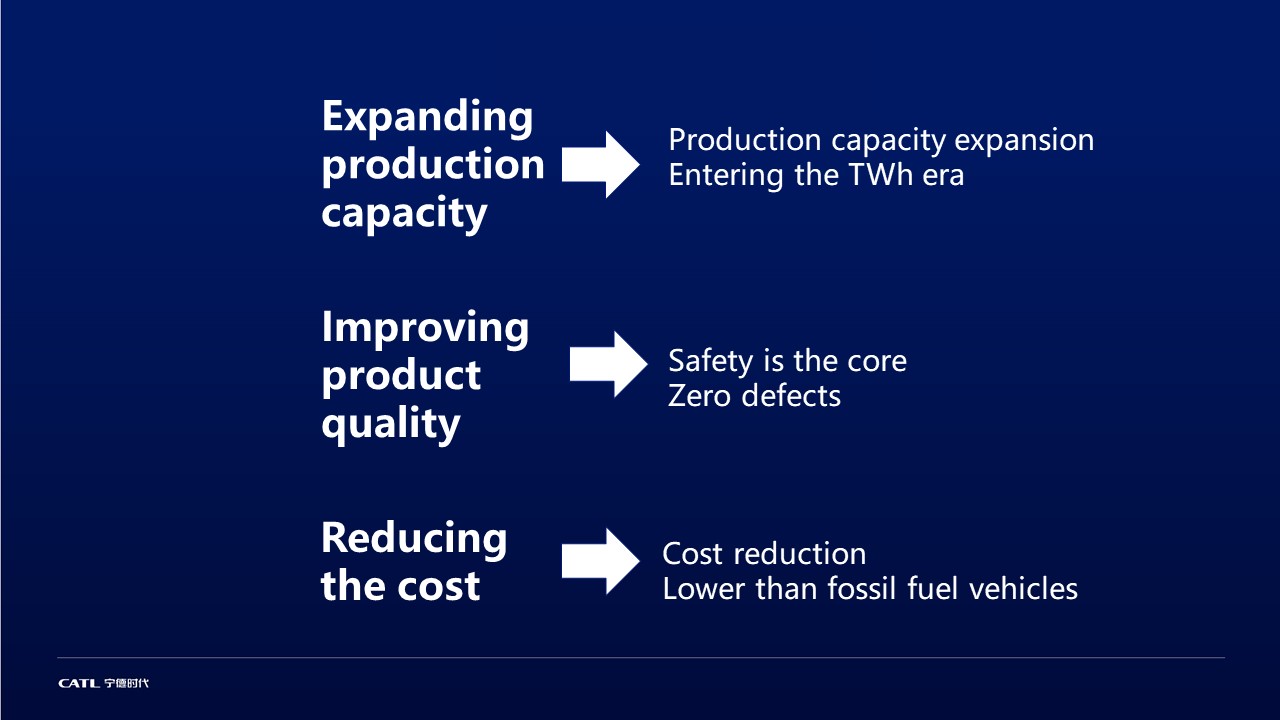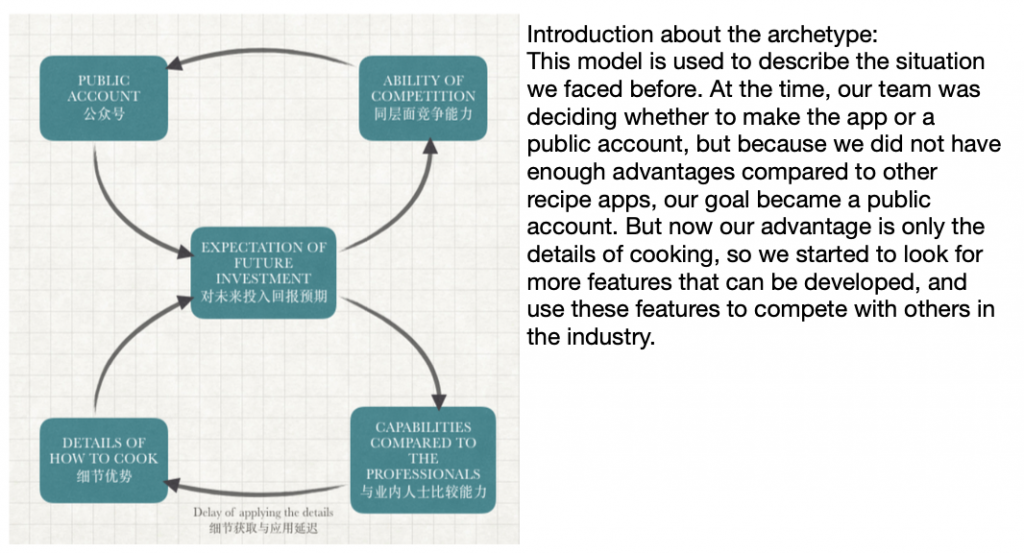Understanding the Differences: Construction Loan vs HELOC - Which is Right for Your Project?
#### Construction Loan vs HELOC OverviewWhen it comes to financing home projects, two popular options are the construction loan and the Home Equity Line of……
#### Construction Loan vs HELOC Overview
When it comes to financing home projects, two popular options are the construction loan and the Home Equity Line of Credit (HELOC). Both have distinct features and purposes, making it crucial for homeowners and investors to understand which option aligns better with their financial goals.
#### What is a Construction Loan?
A construction loan is a short-term loan specifically designed to cover the costs of building a new home or making significant renovations to an existing property. These loans typically have higher interest rates compared to traditional mortgages due to the increased risk associated with construction projects. The loan amount is usually based on the estimated value of the property once the construction is complete.
One key feature of construction loans is that they are disbursed in stages, known as "draws." As the construction progresses, funds are released to the borrower to pay for various stages of the build, such as foundation work, framing, and finishing. This staged disbursement helps ensure that the funds are being used appropriately and that the project stays on track.

#### What is a HELOC?
A Home Equity Line of Credit (HELOC) is a revolving line of credit that allows homeowners to borrow against the equity they have built up in their property. Unlike a construction loan, a HELOC provides flexibility, as borrowers can withdraw funds as needed, up to a predetermined limit. This makes it an attractive option for those who may need funds for ongoing projects or unexpected expenses.
HELOCs typically have lower interest rates than construction loans, as they are secured by the equity in the home. Borrowers are only required to pay interest on the amount they draw, making it a cost-effective way to access funds. However, it’s important to note that if the borrower fails to repay the HELOC, the lender can foreclose on the home.
#### Key Differences Between Construction Loans and HELOCs

1. **Purpose**: Construction loans are specifically for building or renovating homes, while HELOCs can be used for various expenses, including home improvements, debt consolidation, or emergency funds.
2. **Disbursement**: Construction loans are disbursed in stages based on project milestones, whereas HELOCs allow borrowers to draw funds as needed.
3. **Interest Rates**: Generally, construction loans have higher interest rates due to the risk involved, while HELOCs offer lower rates since they are secured by home equity.
4. **Repayment Terms**: Construction loans usually require repayment once the project is complete, often converting to a traditional mortgage. In contrast, HELOCs have a draw period followed by a repayment period, allowing for more flexibility.

#### Which Option is Right for You?
Choosing between a construction loan and a HELOC ultimately depends on your specific financial situation and project needs. If you are planning to build a new home or undertake a significant renovation, a construction loan may be the better choice due to its tailored structure and funding process. However, if you have an existing home with substantial equity and need funds for smaller projects or ongoing expenses, a HELOC could provide the flexibility and lower costs you require.
Before making a decision, it’s advisable to consult with a financial advisor or mortgage specialist to evaluate your options and find the best fit for your circumstances. Understanding the nuances of a construction loan vs HELOC will empower you to make informed choices that align with your financial goals.